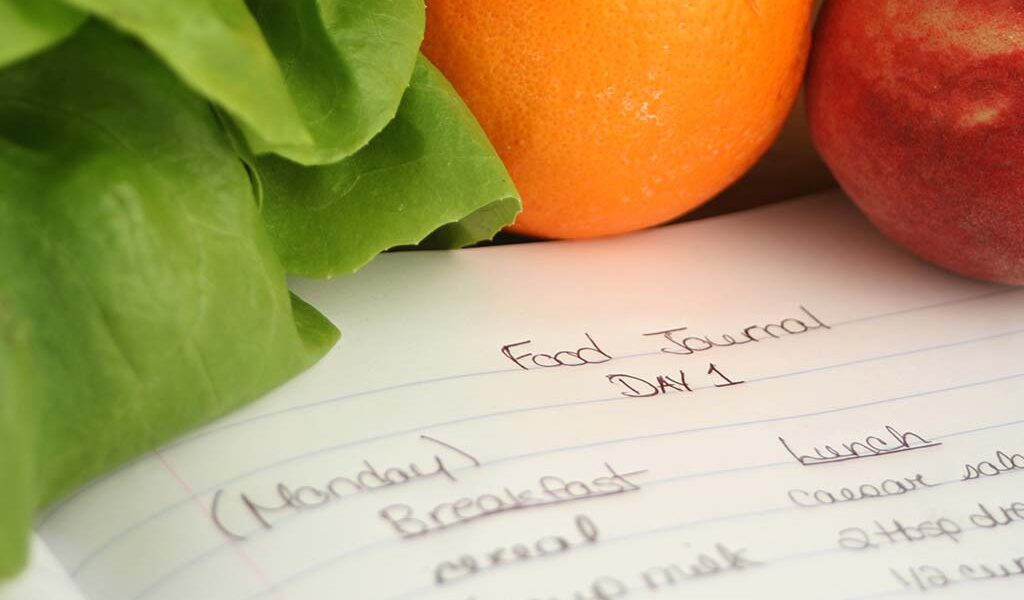If I had to pick one low-cost, high-impact tool that could completely transform the way you eat, train, and feel in your own skin—it would be a food journal. No, not an app that tracks every calorie with a barcode scanner. I’m talking about good old-fashioned writing. Pen to paper. Intentional reflection. Real awareness.
As a certified personal trainer and nutritionist who’s worked with hundreds of clients—from beginners just starting their journey to seasoned athletes fine-tuning their performance—I can tell you this: the clients who keep a food journal tend to see better results, faster. Not because they’re dieting harder, but because they’re becoming more mindful.
But does food journaling really work? Let’s dig into the pros, a few cons, and how to get started the right way.
What Is a Food Journal, Really?
A food journal is simply a daily log of everything you eat and drink. It can be handwritten in a notebook, typed into your phone’s notes app, or even tracked through a voice memo you transcribe later.
But it’s not just a calorie tracker.
A good food journal helps you:
- Understand your eating habits
- Identify patterns (like snacking when bored or skipping meals)
- Become aware of hidden calories (like sauces, drinks, or small bites here and there)
- Make informed decisions about food, exercise, and recovery
The Pros: Why Food Journals Work
1. Awareness Is the First Step to Change
Most people underestimate how much they eat, and overestimate how healthy they’re eating. A study in the American Journal of Preventive Medicine found that people who kept daily food records lost twice as much weight as those who didn’t.
When you write down everything—yes, even that “just a sip” of soda or “just a bite” of your kid’s mac and cheese—you start to see your habits in real time. And awareness leads to better choices.
2. Accountability Without Judgment
Your food journal isn’t about shaming yourself. It’s about tracking your habits so you can stay accountable to your goals. It’s private. It’s yours. It’s honest. And it’s powerful.
One of my clients—let’s call her Amy—used to hit a plateau every time she’d try to lose weight. Once she started food journaling, she realized she was “innocently” grabbing a handful of trail mix five or six times a day. That’s about 600–700 extra calories daily. No wonder she was stuck.
3. Improved Mindfulness and Emotional Eating Awareness
Writing down what you eat also helps you track how you feel when you eat it. Are you actually hungry—or are you stressed? Bored? Sad? Celebrating?
Tracking emotions alongside meals can be a game changer for emotional eaters. You can start noticing patterns and developing better coping strategies.
4. Better Communication with Your Coach or Nutritionist
As a trainer, nothing is more helpful than seeing a week of real, raw food logs. It allows me to help fine-tune nutrition strategies without guesswork. Whether you’re trying to build muscle, burn fat, manage energy, or improve digestion—a food journal gives us the map.
The Cons (And How to Work Around Them)
1. It Takes Time—At First
Yes, writing everything down can feel tedious in the beginning. But like anything else, it becomes a habit. And the insights you gain far outweigh the few minutes it takes each day.
2. It Can Trigger Perfectionism
Some people start obsessing over every detail. If that’s you, remember: the goal is not perfection, it’s awareness. You’re not trying to earn a gold star—you’re just building a better relationship with food.
3. Not All Journals Are Created Equal
If all you’re tracking is calories, you might miss the big picture. A great food journal captures context, not just content. More on that below.
How to Start a Food Journal (The Right Way)
1. Write Down Everything You Eat or Drink
This includes:
- Meals
- Snacks
- Bites, tastes, or sips
- Water, coffee, alcohol, sodas, smoothies
- Sauces, dressings, and condiments
Be honest. You’re not reporting to anyone—this is about clarity, not critique.
2. Include the “When” and “Where”
Track the time of day and location:
- “2:00 p.m. – protein bar in the car”
- “7:30 a.m. – eggs and toast at home”
This helps spot patterns. Are you skipping breakfast? Eating dinner too late? Grazing all day?
3. Record How You Feel
Add a few words about your mood or physical sensations:
- Hungry? Stressed? Bored?
- Bloated? Energized? Satisfied?
This can reveal powerful trends—like emotional eating or blood sugar crashes after certain meals.
4. Carry Your Journal or Use a Transfer Method
The best food journal is the one you’ll use. Keep a small notebook in your gym bag or car. Or jot quick notes in your phone and transfer them to a dedicated journal at night. Consistency beats perfection every time.
5. Review Weekly
Take 10 minutes each week to flip through your entries. Look for patterns:
- Are you skipping lunch on busy days?
- Drinking enough water?
- Getting enough protein?
This is where real change begins.
Final Thoughts: Is It Worth It?
Absolutely. Food journaling isn’t about obsessing—it’s about learning. It’s about connecting the dots between your habits and your results. It’s a way to slow down in a world that moves too fast and gives you control without restriction.
And you don’t have to do it forever. Even 2–4 weeks of consistent journaling can reveal massive insights that guide your fitness and nutrition goals.
As your coach, I’m not here to shame you for what you eat. I’m here to help you understand it—and use that understanding to fuel your goals. So if you’re ready to level up, grab a notebook today. Write it down. Reflect on it. Learn from it.
This one habit could change everything.
Want help reviewing your food journal or setting up your first week of tracking? Reach out—I’m here for you. Let’s make your habits work for you, not against you.







